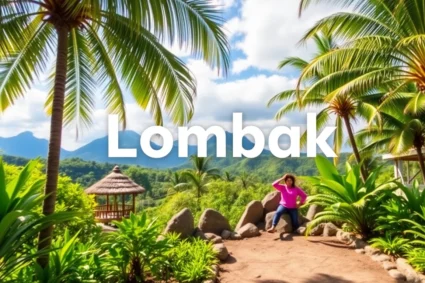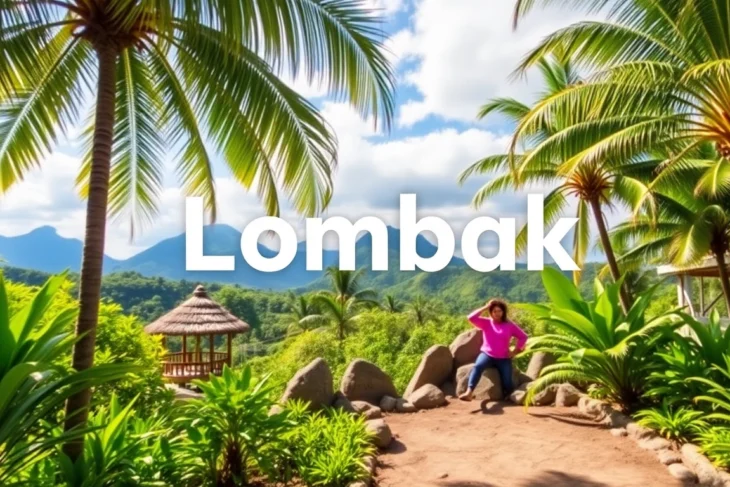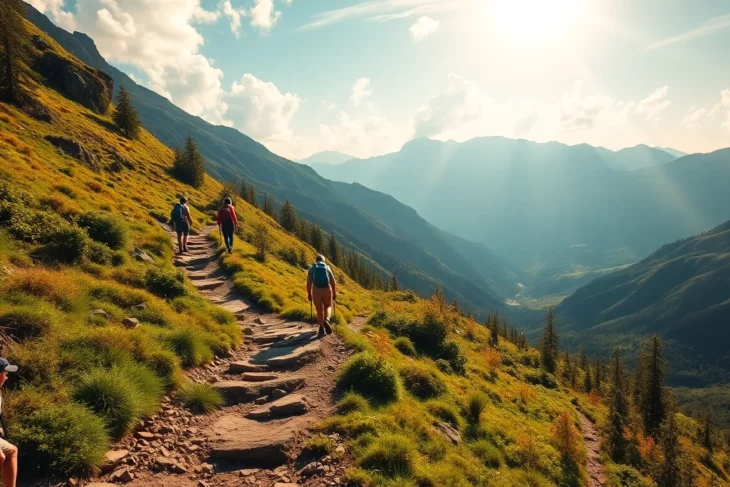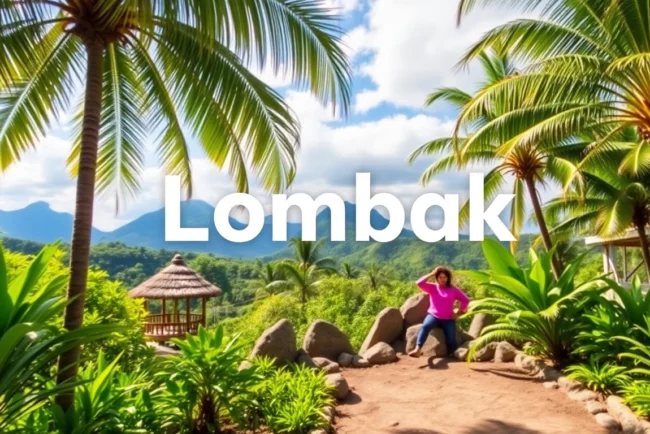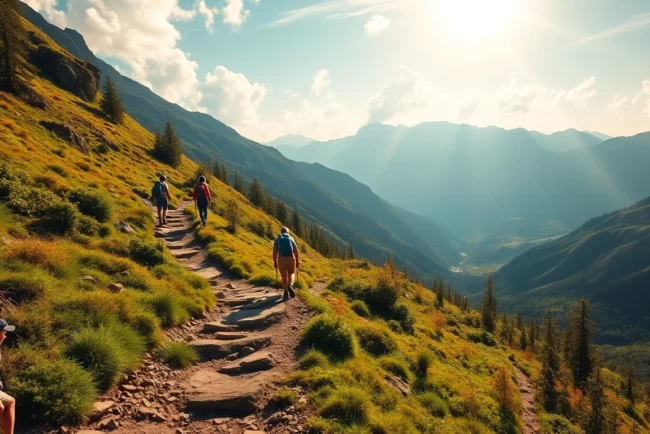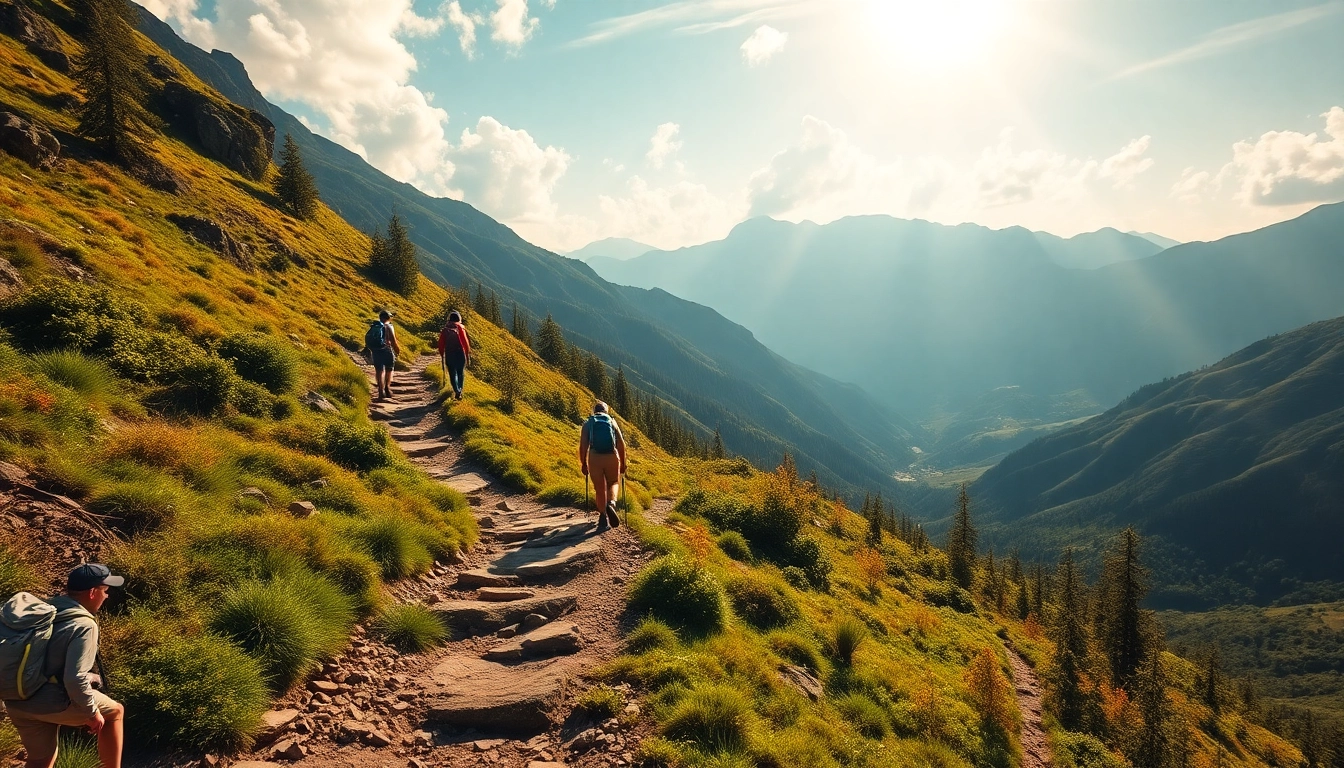
Introduction to Hiking: Connecting with Nature in Indonesia
Hiking is more than just a physical activity—it’s an immersive experience that allows individuals to forge a profound connection with nature, unwind from the stresses of daily life, and explore the diverse landscapes of a country’s terrain. In Indonesia, a nation renowned for its rich biodiversity, lush rainforests, and volcanic peaks, hiking has become an increasingly popular way to explore the natural beauty and cultural heritage of this tropical archipelago.
Whether you’re a seasoned trekker or a curious beginner, understanding the essence of hike in Indonesia opens doors to thrilling adventures across trails that wind through UNESCO-listed rainforests, up majestic volcanic cones, and along pristine coastlines. This comprehensive guide will delve into the myriad benefits of hiking, spotlight popular destinations, and equip you with practical tips to ensure safe, enjoyable, and meaningful explorations.
The Benefits of Hiking for Mind and Body
Hiking offers an unparalleled blend of physical exertion and mental rejuvenation, making it a compelling activity for health and wellness. Engaging with nature through walking on trails stimulates cardiovascular health, strengthens muscles, and boosts endurance. Studies have shown that regular physical activity, especially outdoor exercise like hiking, reduces the risk of chronic illnesses such as heart disease, obesity, and diabetes.
Moreover, hiking can significantly enhance mental well-being. Exposure to natural environments has been linked to reductions in stress, anxiety, and depression. The serenity of forests, the panoramic views from mountain summits, and the calming sounds of wildlife foster mindfulness and mental clarity. For instance, in regions like Bali’s hiking trails around Mount Batur, many hikers report a sense of spiritual awakening coupled with physical achievement.
Furthermore, hiking encourages social interaction when done in groups, fostering community bonds. It also nurtures a sense of adventure and resilience, empowering individuals to conquer challenging terrains and achieve personal milestones. The physical and psychological rewards make hiking an ideal holistic activity tailored for a healthier, happier life.
Popular Hiking Locations in Indonesia
Indonesia boasts an incredible spectrum of hiking destinations, each offering unique landscapes and cultural encounters. Below are some of the most renowned hiking spots that attract both local and international explorers:
Mount Rinjani, Lombok
As Indonesia’s second-highest volcano, Mount Rinjani stands at 3,726 meters and presents a challenging trek with stunning crater lakes, hot springs, and panoramic views of the surrounding islands. The Rinjani Trek is a popular choice for serious hikers seeking an unforgettable adventure amidst diverse ecosystems.
Bromo-Tengger Semeru National Park, East Java
Famous for the dramatic sunrise over Mount Bromo, this region offers relatively accessible hikes that reveal sweeping volcanic landscapes, vast sand deserts, and lush mountain forests. Evening or morning excursions provide magical photo opportunities and a chance to witness the active volcano’s beauty.
Mount Batur, Bali
This active volcano is accessible for beginners, with sunrise hikes that reward climbers with breathtaking vistas of Lake Batur and the surrounding caldera. The experience often includes a cultural visit to nearby local villages, combining nature and tradition.
Cendrawasih Bay National Park, Papua
For those interested in remote wilderness, trekking through the pristine rainforests here offers encounters with endemic species and exploration of unspoiled natural habitats, emphasizing conservation and eco-tourism.
Kelimutu, Flores
Famous for its tri-colored volcanic lakes, the summit hike provides spectacular views and the opportunity to witness changing lake colors, influenced by mineral and volcanic activity—a photographer’s paradise and natural wonder.
Preparing for Your First Hike
Proper preparation is crucial for a safe and enjoyable hiking experience. This phase involves understanding your fitness level, selecting appropriate gear, and planning logistics to navigate the Indonesian terrain effectively.
Assessing Your Fitness Level and Setting Realistic Goals
Before embarking on any trail, evaluate your physical condition. Start with shorter, easier hikes to build stamina. Set achievable goals based on your experience, such as conquering a particular peak or covering a certain distance within a timeframe. Consulting with local guides or seasoned hikers can help tailor your expectations and prepare you mentally.
Researching Trails and Local Conditions
Gather detailed information about the trail’s difficulty, length, elevation gain, weather patterns, and permits required. Local tourism offices, guidebooks, and online forums provide invaluable insights. During the rainy season, some trails may be hazardous due to mud or landslides—timing your hikes wisely ensures safety and enjoyment.
Acquiring Essential Skills
Learn basic navigation skills, such as using maps, compasses, or GPS devices. Familiarize yourself with Leave No Trace principles to minimize environmental impact and preserve Indonesia’s natural heritage. Understanding how to recognize signs of altitude sickness or dehydration can also prevent emergencies.
Planning Your Hike: Equipment, Routes, and Safety
Choosing the Right Hiking Gear and Clothing
Optimal equipment enhances comfort and safety. Invest in moisture-wicking clothing suitable for tropical climates—think lightweight, breathable shirts, and sturdy, waterproof hiking shoes with good traction. A wide-brim hat, sunglasses, and sunscreen shield you from the tropical sun and UV rays.
Carry a durable backpack containing essentials: sufficient water (hydration packs are popular), high-energy snacks, a first aid kit, multi-tool or pocket knife, flashlight or headlamp, and a waterproof layer in case of rain. For more remote areas, consider including a whistle, emergency blanket, and personal locator beacon.
Trail Selection and Navigation Techniques
Select routes aligned with your skill level, and always inform someone reliable of your plans. Use trail markers, local guides, or GPS apps to stay on course. In Indonesia’s varied terrains, terrain features like rivers, ridges, and distinctive vegetation can serve as navigational cues.
Safety Tips and Emergency Preparedness
Maintain a conservative pace and avoid overexertion. Monitor weather forecasts to steer clear of storms and heavy rains. Equip your phone with offline maps and emergency contacts. Learning basic survival skills, such as shelter building and signaling, empowers you in unexpected situations.
Hiking Techniques and Best Practices
Efficient Hiking Posture and Pacing
Adopt an upright posture with relaxed shoulders to reduce fatigue. Use your arms to maintain balance on uneven terrain, and pace yourself to conserve energy for the duration of the hike. Incorporate regular breaks and hydration to prevent exhaustion and altitude issues.
Environmental Conservation and Leave No Trace
Minimize ecological impact by packing out all waste, sticking to existing paths, and avoiding damage to flora and fauna. Respect local cultural sites and traditions, contributing to sustainable tourism and conservation efforts in Indonesia.
Weather Considerations and Timing
Indonesia’s tropical climate necessitates planning around the monsoon seasons—dry months (May to September) are ideal for most hikes. Early mornings are often cooler and less crowded, and witnessing sunrise or sunset from mountain viewpoints adds a magical dimension to your adventure.
Enhancing Your Hiking Experience
Capturing Scenic Moments and Photos
Bring a camera or smartphone to document breathtaking vistas, wildlife, and cultural encounters. Practice simple composition techniques—use natural lighting, framing, and perspectives to elevate your photos. Respect local customs and avoid disturbing wildlife during photography sessions.
Local Culture and Cuisine Along Trails
Indonesia’s trails often pass through villages and sacred sites, offering opportunities to engage with local communities and learn about their traditions. Sampling regional dishes—such as Balinese lawar or Batak dinuguan—enriches your journey and supports small-scale local economies.
Joining Hiking Communities and Groups
Connecting with local hiking clubs or eco-tourism groups enhances safety, provides shared knowledge, and fosters camaraderie. Organized tours can also introduce you to hidden gems and ensure eco-friendly practices are followed.
Achieving Personal Goals and Tracking Progress
Setting Realistic Hiking Milestones
Define clear objectives—whether it’s reaching a summit, completing a certain number of trails, or improving endurance. Celebrate achievements to stay motivated and keep a journal or digital record of your hikes for future reference.
Using Apps and Devices to Monitor Performance
Leverage smartphone apps like Strava, AllTrails, or dedicated GPS devices to track your routes, distance, elevation gain, and calories burned. Data analysis helps optimize training plans and set new goals.
Sharing Your Hiking Stories and Inspiration
Document your adventures through blogs, social media, or community forums. Sharing experiences inspires others to explore Indonesia’s natural wonders while fostering a community committed to responsible outdoor activities.
